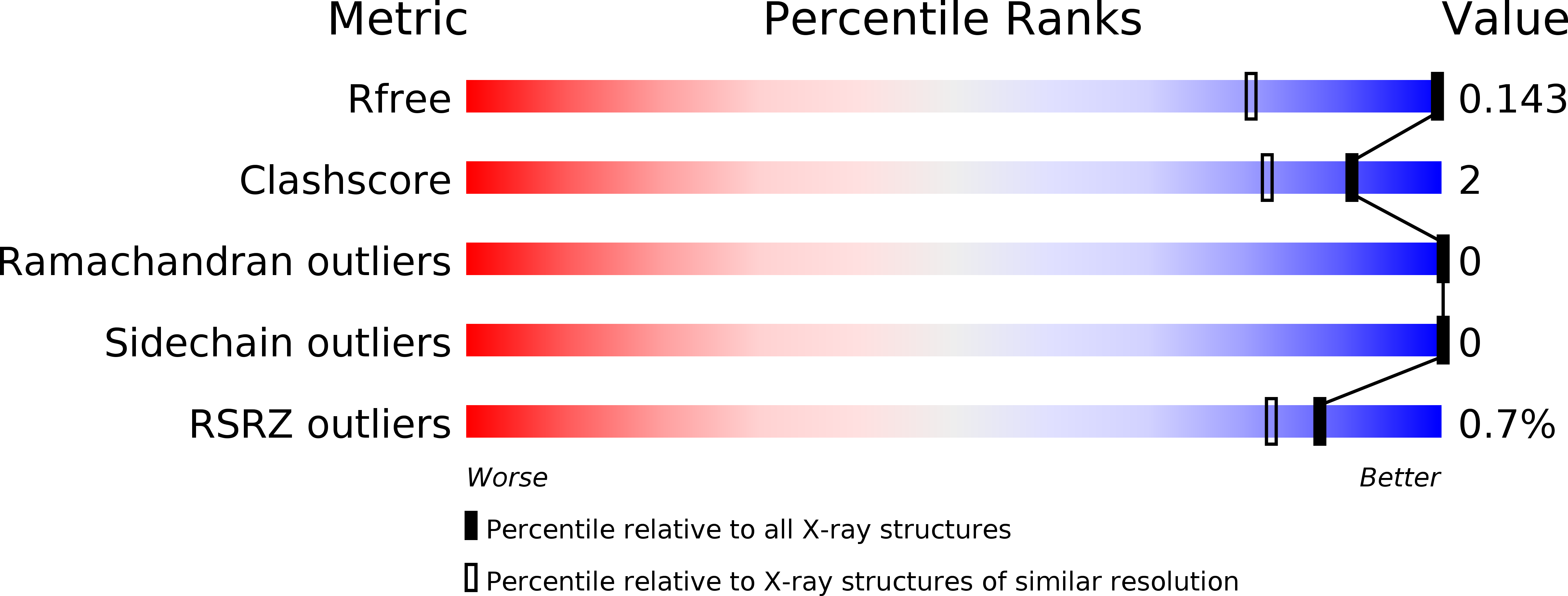
Deposition Date
2009-03-21
Release Date
2010-03-02
Last Version Date
2023-11-01
Entry Detail
PDB ID:
3A0M
Keywords:
Title:
Structure of (PPG)4-OVG-(PPG)4, monoclinic, twinned crystal
Biological Source:
Source Organism:
Method Details:
Experimental Method:
Resolution:
1.02 Å
R-Value Free:
0.14
R-Value Work:
0.11
Space Group:
P 1 21 1


